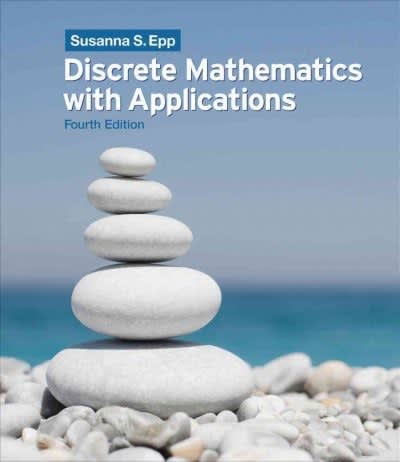Question
Two equally strong tennis players, A and B, wager 50 euros and play one set: the player that wins six games first wins and receives
Two equally strong tennis players, A and B, wager 50 euros and play one set: the player that wins six games first wins and receives the pot of 100 euro. They agree on no tie-breaks or 'two-point difference' rule. After the seventh game, the score is 4-3 and player A has the advantage. At that moment a thunderstorm breaks out and the players stop playing. To what fraction p of the pot is player A entitled? (a) Argue intuitively why each of the values p = 1, 4/7, 3/5, 7/12 may be reasonable. Suppose both players agree on playing some (possibly random) number M of extra 'independent' games in which either player has a 50% chance to win. Let p = P(A wins the set). (b) Show mathematically that if M is chosen in the sense that the game stops as soon as one player wins the set, then p = 11/16.
My question is for a), why can all these probabilities are possible, since I think that can only be one probability, and for b) what is really the number M.
Step by Step Solution
There are 3 Steps involved in it
Step: 1

Get Instant Access to Expert-Tailored Solutions
See step-by-step solutions with expert insights and AI powered tools for academic success
Step: 2

Step: 3

Ace Your Homework with AI
Get the answers you need in no time with our AI-driven, step-by-step assistance
Get Started


